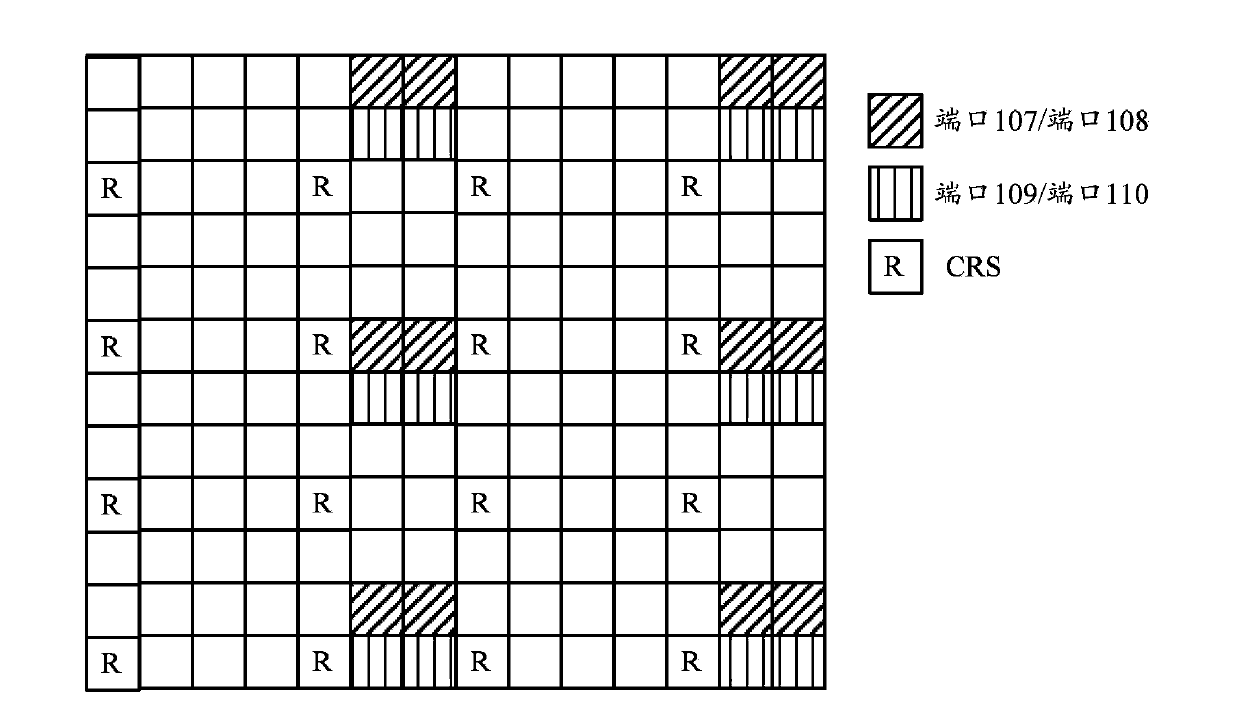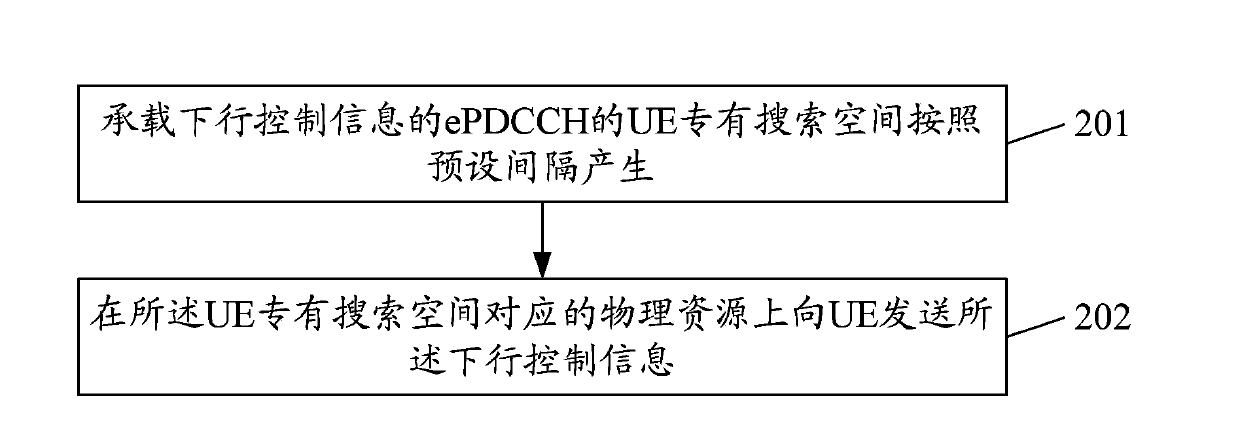Method for sending and detecting downlink control information, sending terminal and receiving terminal
A technology for controlling information and detection methods, applied in the field of communication
- Summary
- Abstract
- Description
- Claims
- Application Information
AI Technical Summary
Problems solved by technology
Method used
Image
Examples
specific Embodiment approach 2
[0231] The second specific embodiment is: the starting position of the UE-specific search space corresponding to each component carrier adopts the following configuration:
[0232] The starting position on subframe k is: Y k =(A·Y k-1 ) mod D,
[0233] Among them, Y -1 =n RNTI +s×2 16 ≠0, A=39827, D=65537, Indicates rounding down, n s Indicates the slot number in a radio frame, n RNTI Indicates the corresponding RNTI, s indicates the resource set index;
specific Embodiment approach 3
[0234] The third specific embodiment is: the starting position of the UE-specific search space corresponding to each component carrier adopts the following configuration:
[0235] The starting position of resource set s on subframe k is: or or B is 1 or Y k =(A·Y k-1 )modD,
[0236] Among them, Y -1 =n RNTI ≠0, A=39827, D=65537, Indicates rounding down, n s Indicates the slot number in a radio frame, n RNTI Indicates the corresponding RNTI.
[0237] Preferably, the starting positions of the UE-specific search spaces corresponding to the same resource set index of the component carrier are respectively configured, and the first specific implementation method is:
[0238] The starting position on subframe k is: Y k =(A·Y k-1 ) mod D,
[0239] Among them, Y -1 =n RNTI ≠0, A=39827, 39829, 39825, 39823, 39821, 39831 or 39837, D=65537, Indicates rounding down, n s Indicates the slot number in a radio frame, n RNTI Indicates the corresponding RNTI; differ...
specific Embodiment approach 1
[0269] Embodiment 1: The predefined information includes a subframe index, specifically:
[0270] Determine the ARO range according to the position h of the downlink subframe index k where the ePDCCH is located in the downlink subframe window corresponding to the uplink subframe where the PUCCH is located; h starts numbering from 0;
[0271] The ARO range corresponds to n sets, where n is 4, and the specific determination method is as follows:
[0272] h is 0, then ARO is {2, -1, 0, -2},
[0273] h is 1, then ARO is {2, 0, -1, -N eCCE(k-1,j)} or {2, 0, -2, -N eCCE(k-1,j)},
[0274] h is 2, then ARO is {2, 0, -N eCCE(k-2,j) -N eCCE(k-1,j) ,-N eCCE(k-1,j)},
[0275] h is 3, then ARO is {2, 0, -N eCCE(k-3,j) -N eCCE(k-2,j) -N eCCE(k-1,j) ,-N eCCE(k-2,j) -N eCCE(k-1, j)};
[0276] Alternatively, the ARO range corresponds to n sets, where n is 3, and the specific determination method is as follows:
[0277] The ARO range corresponding to the first subframe in the H s...
PUM
 Login to View More
Login to View More Abstract
Description
Claims
Application Information
 Login to View More
Login to View More - R&D
- Intellectual Property
- Life Sciences
- Materials
- Tech Scout
- Unparalleled Data Quality
- Higher Quality Content
- 60% Fewer Hallucinations
Browse by: Latest US Patents, China's latest patents, Technical Efficacy Thesaurus, Application Domain, Technology Topic, Popular Technical Reports.
© 2025 PatSnap. All rights reserved.Legal|Privacy policy|Modern Slavery Act Transparency Statement|Sitemap|About US| Contact US: help@patsnap.com



